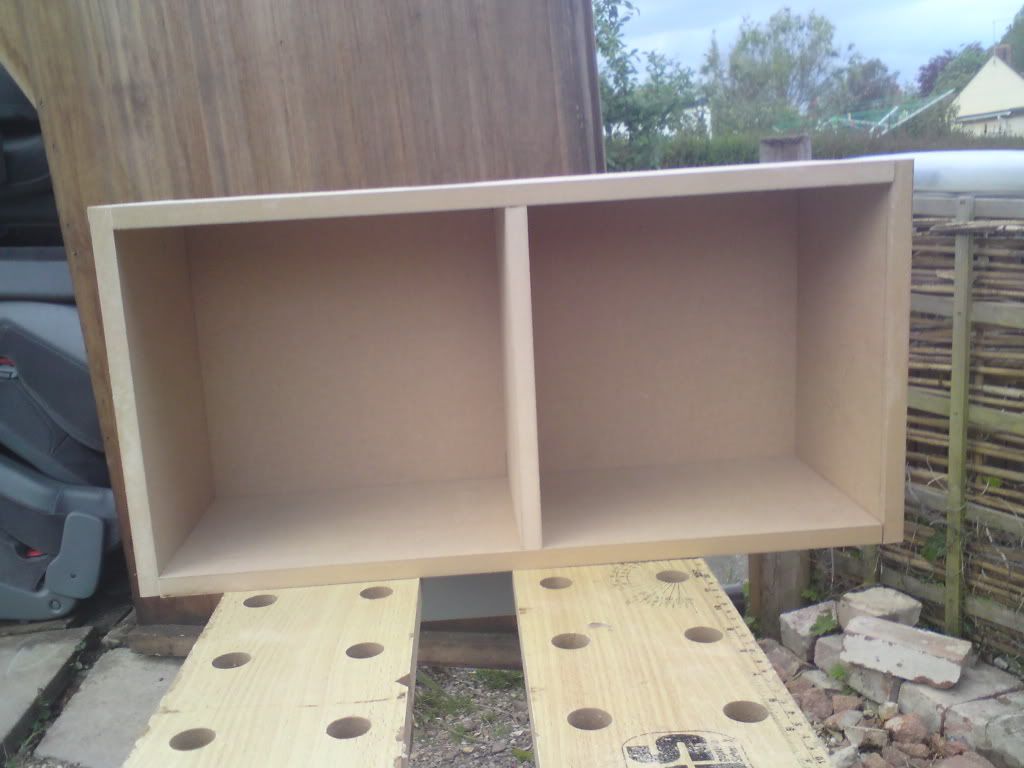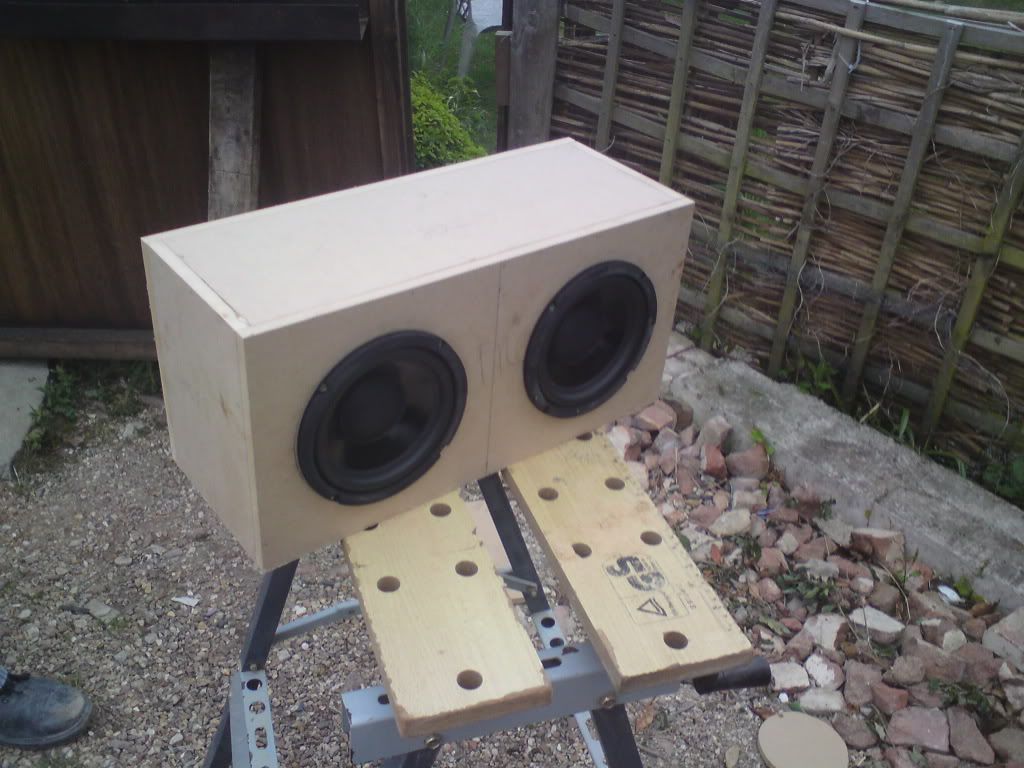I was hoping to have some light shed on this. I can understand how hi-fi speakers can be blown by bass or guitar because there construction can be less sturdy but what about amplifiers?
How could a bass signal blow an amp? Is it something that happened in older equipment or certain types? Is it a misnomer or is it a myth?
How could a bass signal blow an amp? Is it something that happened in older equipment or certain types? Is it a misnomer or is it a myth?



Comment